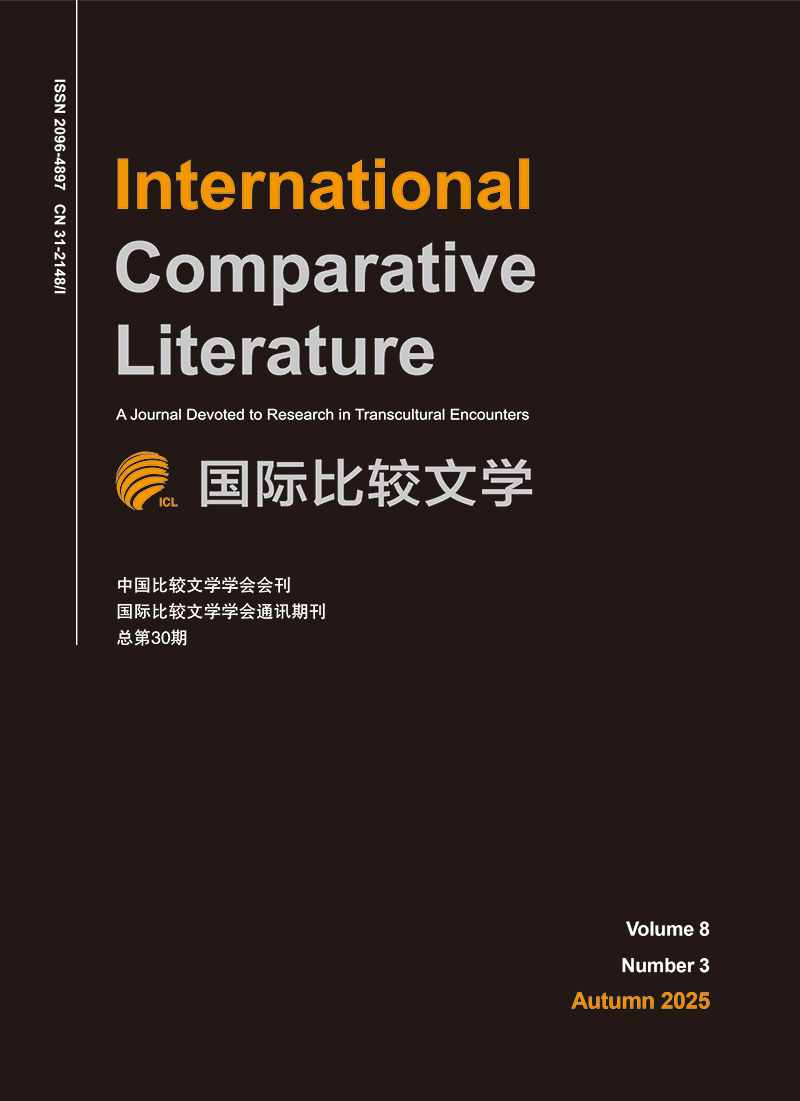The Diachronic Relationship between Nature and Human Life—Taking China’s Hainan Island as an Example
-
摘要: 人们的生活肯定难免改变自然环境,而自然环境的变化也会对人们的生活产生影响。自然和人类生活不仅是相互关联的,也是独立的。本文根据2000年在海南岛五指山黎族地区所作的关于自然环境、农作物、居民生活、食品与传统的黎族文化的田野调查,分析人类与环境的关联,并就野生资源利用的规范进行历时性的探讨。中国整体实行环境保护的政策,同时,旅游开发灵活地发挥了自然资源的经济价值,五指山丰富的药草体现了环保政策与自然经济价值开发的协调。五指山附近野生的和人工培植的药草有很多,有偿获取这些药草的人,有偿转让其获取权的人,还有山中捕获猎物出售的人,三者之间在历史中形成了约定俗成的使用规范。环境历史学与人类生态学的研究需要结合过去的文献记载和当下的田野发现来进行研究。Abstract: Human lives will inevitably change the natural environment, and vice versa.Alternatively speaking, nature and human life are interrelated and independent of each other at the same time. Based on a field survey conducted in 2000 on the natural environment, crops, food and the Li ethnic group’s traditional residential culture in the Wuzhi Mountain area on Hainan island,this paper analyzes the relationships between nature and human life, and exhibits a diachronic discussion of norms for the utilization of wildlife resources in the region over time. China has implemented an environmental protection policy in general, while meantime the development of tourism makes full use of the economic value of natural resources. On top of that, the rich medicinal herbs in the Wuzhi Mountain area, which created a virtuous cycle in which those who pay fees for access to the herbs, those who make profits from herb sale, and those who have gained permission to hunt in the Wuzhi Mountain demonstrate a harmonious coordination between the environmental protection policy and the tapping of the economy value of natural resources by establishing an unwritten rule for the utilization of wildlife resources over time. It is recommended that researchers majoring in environmental history and ecological anthropology combine both ancient documents and contemporary field investigation as effective research method for their own projects.
-
Key words:
- Natural environment /
- human life /
- diachrony /
- Wuzhi Mountain of Hainan /
- relations
-
[1] . 梅崎昌裕《与环境保存两立的生计》,收入筱原徹编著《中国·海南岛——火烧耕地的终焉》,东京大学出版会,2004年,第97-135页。 [2] . 筱原徹《既可野生也可栽培的植物》,《人类与文化》第17号,2002年,第41-53页。 [3] . 史图博《海南岛民族志——向南支那民族研究的一份寄语》,平野义太郎编,清水三男译,亩傍书房,1943年。 -

 点击查看大图
点击查看大图
计量
- 文章访问数: 153
- HTML全文浏览量: 29
- PDF下载量: 4
- 被引次数: 0



 下载:
下载:

